
The world of logistics is on the cusp of a monumental transformation, with autonomous trucks leading the charge. While much of the buzz around self-driving vehicles has focused on robotaxis and personal cars, the quiet revolution unfolding on US highways promises to fundamentally reshape the nation’s economy long before full consumer autonomy becomes widespread. In fact, just a few years ago, driverless trucks were widely expected to arrive before urban autonomous vehicles, and today, they are indeed beginning to hit public highways in pilot programs, marking the official start of the era of driverless freight.
The trucking industry is a colossal backbone of the US economy, responsible for moving the vast majority of goods on land. Annually, US trucks haul an astonishing 11.46 billion tons of freight, accounting for 72.6% of all domestic freight tonnage and 80.7% of the nation’s freight bill. With the global freight trucking market valued at around $2.2 trillion and the US contributing approximately $532 billion in revenues, the implications of autonomous technology for such a massive sector are nothing short of profound.
From addressing critical labor shortages to unlocking unprecedented efficiencies and creating entirely new business models, autonomous trucks are poised to deliver a seismic shift by 2030. This in-depth look explores 12 simple yet powerful ways that the widespread adoption of autonomous trucks will redefine the economic landscape of the United States in the coming years. These aren’t just incremental improvements; they represent systemic changes that will ripple through supply chains, labor markets, and the very structure of transportation, making commercial transport more efficient, affordable, and sustainable for consumers, OEMs, fleet operators, and indeed, the entire mobility ecosystem. Let’s delve into the first half of these transformative impacts.
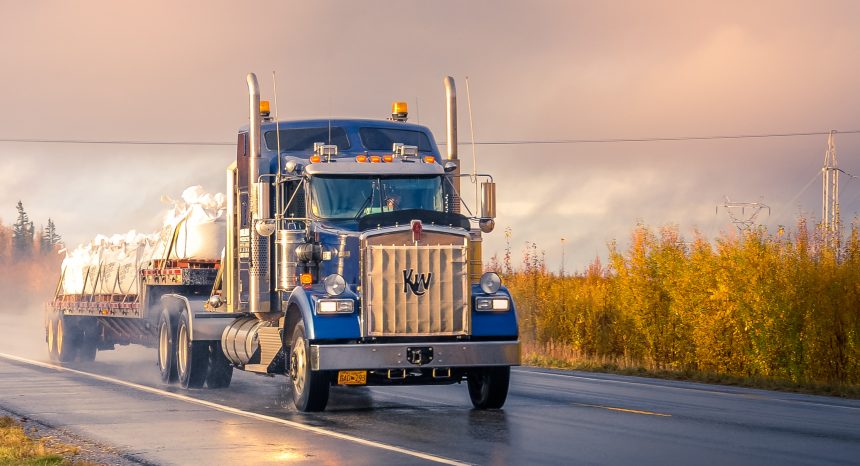
1. **Addressing the Truck Driver Shortage**One of the most pressing and widely discussed challenges facing the US trucking industry is the chronic shortage of truck drivers. This issue has been growing for decades, and its impact on supply chains is substantial. As of 2021, the American Trucking Associations (ATA) estimated a deficit of about 80,000 drivers, a number projected to surge to 115,000 by 2025 and potentially exceeding 170,000 by 2030 if current trends persist. This labor gap means that valuable freight often sits idle, leading to undelivered goods and increased strain on the entire supply chain network.
The problem is exacerbated by an aging workforce; the median age of a truck driver in the United States is 46, compared with 42 for the workforce overall. Compounding this, there’s an insufficient influx of new entrants, particularly for long-haul positions, coupled with high turnover rates within the industry. These demographic and recruitment challenges underscore the urgent need for innovative solutions to maintain the flow of goods across the country, especially as the demand for freight continues to grow.
Autonomous trucking technology emerges as a direct and potent solution to this looming crisis. By deploying driverless trucks for long-haul segments, especially on predictable highway routes, the industry can significantly mitigate its reliance on human drivers for the most challenging and least appealing parts of the job. This doesn’t necessarily mean the complete elimination of drivers, but rather a strategic reallocation of human talent to more complex first-mile and last-mile operations, where human intervention remains crucial.
Furthermore, by automating the long-distance legs, autonomous trucks can allow existing drivers to focus on shorter, more localized routes, potentially improving job satisfaction and retention by reducing the need for nights away from home. This shift could help stabilize the workforce, making the industry more resilient to future labor market fluctuations and ensuring that goods continue to move efficiently, supporting economic activity across all sectors that rely on road transportation.
The financial incentives for automation are particularly strong in the US, given the high salaries and existing scarcity of truck drivers. As autonomous systems take over the demanding, repetitive aspects of highway driving, the industry can maintain its massive scale and economic contribution without being perpetually hampered by a critical labor deficit, ultimately strengthening the entire supply chain framework and preventing costly disruptions.
Read more about: The Billionaire’s Box: Unpacking Why Elon Musk Calls a Tiny Prefab Home His Sanctuary
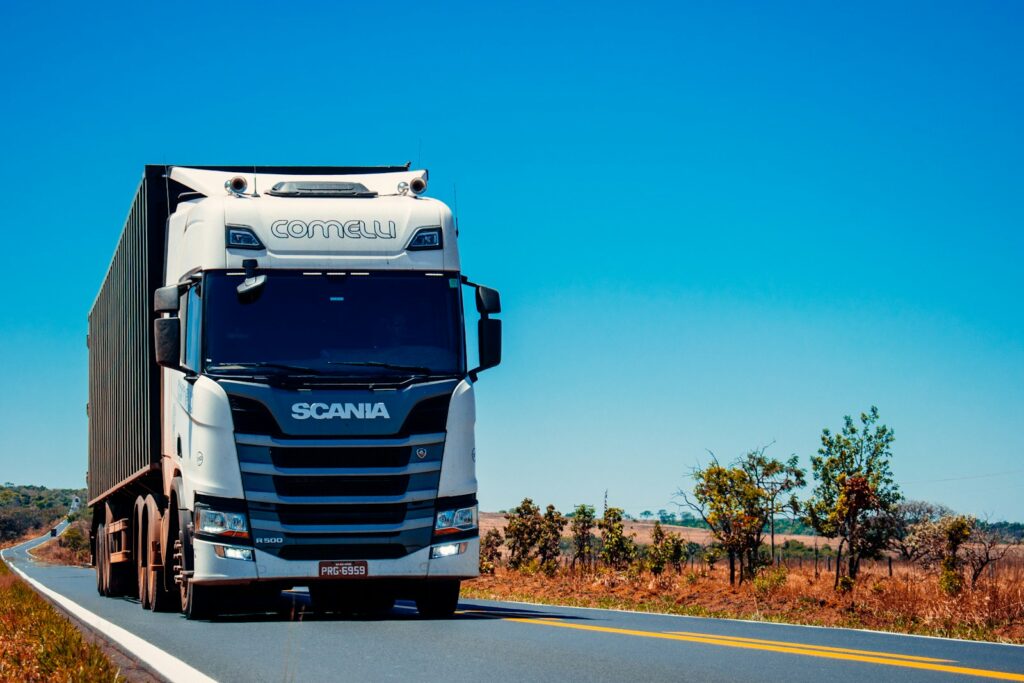
2. **Reducing Transportation Costs and Logistics Expenses**Beyond addressing the driver shortage, autonomous trucks are poised to deliver substantial reductions in overall transportation costs and logistics expenses, which have seen a significant increase in recent years. In the United States, for example, the cost of logistics as a share of nominal GDP climbed from 7.5 percent in 2020 to 8.7 percent in 2023. This upward trend is primarily driven by higher driver salaries, escalating fuel costs, and rising tolls, all factors expected to increase further with shifts toward higher emissions standards and the adoption of zero-emission vehicles.
Autonomous driving technology offers a meaningful offset to these mounting operational costs. For longer-distance routes, specifically those exceeding 1,500 miles, McKinsey analysis projects that the Total Cost of Ownership (TCO) for heavy-duty trucks could be reduced by a remarkable 42 percent per mile. This significant saving comes despite the initial increased costs associated with AV kits, AV services—such as those for a control center monitoring the fleet—and trucks equipped with redundant braking, steering, and power supply systems, which are essential for safety.
The primary drivers of these TCO savings are substantial reductions in driver-related expenses. Drivers are typically compensated at a higher rate for nights spent away from home, a cost largely eliminated with autonomous operations on long hauls. Additionally, autonomous trucks, through optimized driving patterns and predictive algorithms, are expected to achieve moderately lower fuel consumption. The reduction in accidents, owing to the consistent and data-driven operation of autonomous systems, will also lead to lower repair and insurance costs, contributing further to overall savings.
It’s important to note that the TCO benefits will likely grow over time. As the market matures, prices for sensors and actuators—the core hardware components of autonomous systems—are expected to decrease. Similarly, the costs associated with remote operations and insurance are anticipated to decline as the software becomes more sophisticated and reliable. Furthermore, as autonomous driving capabilities improve, trucks may be able to bypass transfer hubs more frequently, leading to reduced hub-related expenses and direct travel to distribution centers, thereby streamlining the entire logistical process.
These reductions in transportation costs will not only benefit fleet operators by boosting their profitability but could also translate into lower costs for shippers and, ultimately, consumers. In a highly competitive market, a significant portion of these cost savings could be passed through to the end-users, making goods more affordable and contributing to broader economic efficiency. This cost-saving potential is a critical incentive for widespread adoption and a key economic driver for the US.
Read more about: Unlock Urban Savings: Your Ultimate Lifehacker’s Guide to Frugal Living in Expensive US Cities

3. **Enhancing Supply Chain Efficiency with 24/7 Operations**The traditional trucking model, reliant on human drivers, is inherently constrained by factors like hours-of-service regulations, driver fatigue, and the need for breaks and rest periods. These limitations mean that trucks spend a significant portion of their time idle, leading to inefficiencies and slower delivery times within the supply chain. Autonomous trucks, however, are not subject to these human limitations, paving the way for continuous, 24/7 operations that will dramatically enhance supply chain efficiency.
With autonomous trucks, the concept of a vehicle “resting” becomes obsolete, at least in the traditional sense. These driverless vehicles can operate around the clock, needing to stop only for refueling, recharging, or maintenance. This capability enables goods to be transported much faster over long distances, drastically reducing transit times and improving the predictability of deliveries. Such constant movement is particularly valuable for time-sensitive cargo and for maintaining just-in-time inventory systems, minimizing warehousing needs and associated costs.
The shift to 24/7 operations also means a higher utilization rate for the truck assets themselves. Instead of trucks sitting idle for hours while drivers rest, autonomous vehicles can be continuously engaged in hauling freight. This increased utilization directly translates into a more efficient use of capital expenditure on vehicles, allowing fleet operators to move more goods with the same number of trucks or fewer, ultimately boosting productivity and profitability for transportation companies.
Moreover, the ability to operate continuously allows for greater flexibility and responsiveness in logistics planning. Supply chains can become more agile, able to react quickly to fluctuating demand, unexpected disruptions, or urgent delivery requirements. This enhanced adaptability is a significant advantage in today’s fast-paced global economy, where resilience and speed are paramount. The “smooth, courteous and predictable” nature of early autonomous truck runs, as described by those experiencing them, also points to consistent performance.
This continuous operational capability also ties into the concept of “constrained autonomy” for hub-to-hub driverless operations. Once a trailer is dropped off at a transfer hub by a manual driver, an autonomous truck can immediately pick it up and transport it along geofenced highway routes, minimizing downtime. This seamless transfer and uninterrupted long-haul journey mean that goods spend less time in transit and more time flowing through the supply chain, ultimately contributing to a more dynamic and economically productive logistics network.
Read more about: The Future of Work: 16 Careers Experts Predict Will Vanish by 2035 Amidst AI and Automation
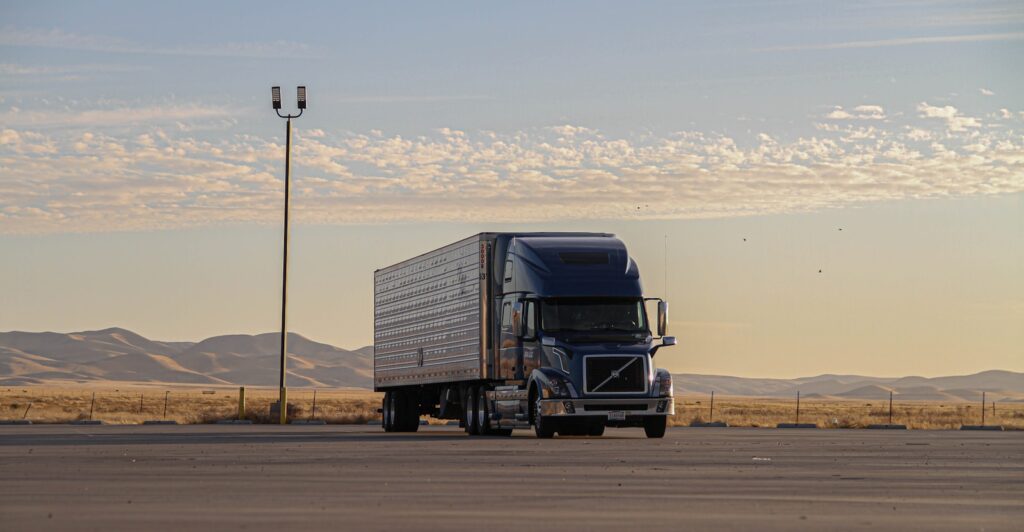
4. **Enabling New Business Models: Driver-as-a-Service (DaaS)**The advent of autonomous trucking is not merely about optimizing existing operations; it’s also a powerful catalyst for the emergence of entirely new business models within the logistics sector. One such model that is quickly gaining traction is “Driver-as-a-Service,” or DaaS. This innovative approach reconfigures how fleet customers interact with truck ownership and operation, shifting the burden of managing drivers from the customer to the technology providers or original equipment manufacturers (OEMs).
Under the DaaS model, fleet customers—such as freight or e-commerce companies—can lease or purchase autonomous trucks from an OEM, but critically, they pay for “virtual drivers” on a per-mile basis. In this scenario, OEMs or AI firms take on the responsibility for the complex operations of the autonomous trucks, including monitoring, maintenance, and ensuring the smooth functioning of the self-driving technology. The fleet customer retains control over their logistics, such as route planning and scheduling, but outsources the actual truck operation.
This model is particularly attractive for industries operating on thin margins, as DaaS offers a significant reduction in Total Cost of Ownership (TCO) compared to the traditional approach of hiring and managing human drivers. The elimination of high driver salaries, especially for long-haul routes that involve nights away from home, provides a compelling financial incentive. Additionally, by transferring the operational complexities of autonomous systems to specialists, fleet customers can avoid the substantial learning curve and investment required to develop in-house expertise.
DaaS also brings benefits in terms of safety and the easing of the transition to autonomous trucks. The specialized OEMs and AI firms are inherently focused on ensuring the highest safety standards for their autonomous systems, potentially leading to a safer operational environment compared to human-driven vehicles. For fleet customers, this model provides a lower-risk entry point into the world of autonomous freight, allowing them to benefit from the technology without having to bear all the initial operational and technological responsibilities.
From the perspective of OEMs and AI firms, DaaS represents a crucial new revenue stream. Beyond the initial sale of autonomous trucks—which, according to McKinsey analysis, cost $50,000 to $100,000 more than conventional trucks—they can generate ongoing income through per-mile fees for the virtual driver service. This creates a sustainable business relationship and incentivizes continuous improvement and innovation in autonomous driving technology, aligning the interests of technology providers with the operational efficiency and cost savings for their fleet customers.
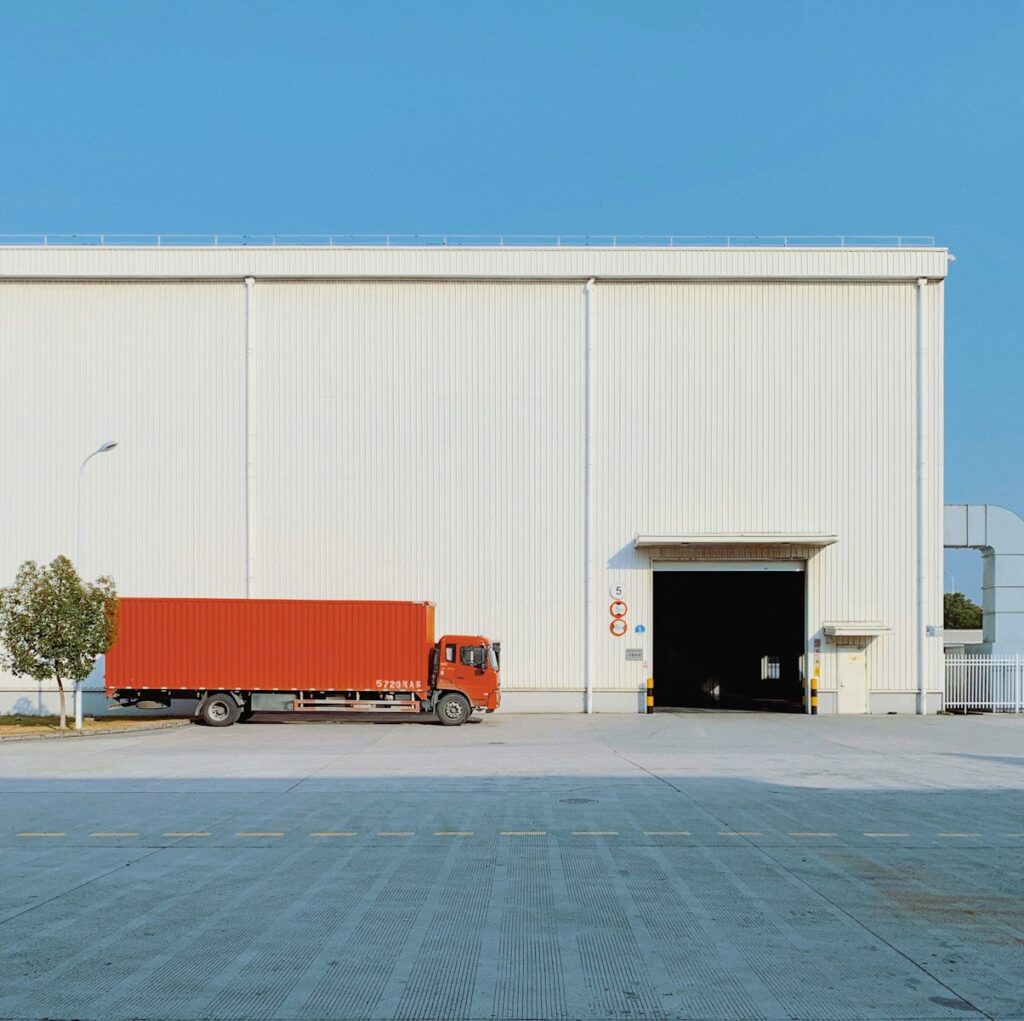
5. **Facilitating New Business Models: Capacity-as-a-Service (CaaS)**Building on the evolution seen with Driver-as-a-Service, an even more encompassing business model emerging in the autonomous trucking landscape is “Capacity-as-a-Service,” or CaaS. This model represents a deeper integration of autonomous technology providers into the logistics value chain, as they move beyond merely providing a “virtual driver” and instead take on full responsibility for the entire transportation process from end-to-end.
In the CaaS model, the OEM or the AV technology developers fully manage the trucks, including their maintenance, operation, and even route planning. Crucially, they also handle the deliveries, bypassing the traditional fleet customer and serving the end customers directly. This means that instead of a freight company owning or leasing trucks and managing their own logistics, an autonomous trucking provider essentially becomes the freight carrier, offering transportation capacity as a service.
This model offers many of the same benefits as DaaS, including the potential for significant TCO reductions and enhanced safety through optimized autonomous operations. However, CaaS also carries potentially higher margins for the OEM or AV technology developer, as they capture a greater share of the value created by the transportation service. By directly managing the entire process, they can maximize efficiency, leverage their technological expertise, and potentially offer more competitive pricing to end customers.
However, the CaaS model also entails significantly greater risks and challenges for the OEMs and AV developers. Entering the realm of last-mile logistics and directly managing deliveries means competing with existing customers—the very freight companies that might otherwise buy or lease their trucks. This requires a different set of competencies, including expertise in complex route optimization, customer service, and navigating varied delivery environments beyond highway driving. It also means taking on substantial financial and operational responsibilities, including bearing the costs and risks associated with maintaining high-cost autonomous trucks on their balance sheets.
Despite these hurdles, CaaS represents a powerful vision for the future of logistics, where the lines between technology provider and freight carrier blur. It could lead to highly optimized, vertically integrated transportation networks that offer unparalleled efficiency and reliability. For the US economy, the widespread adoption of CaaS could streamline freight movement, reduce costs throughout the supply chain, and foster a more integrated and technology-driven logistics ecosystem, benefiting businesses and consumers alike through faster, more predictable deliveries.

6. **Boosting Safety on Highways**While the economic benefits of autonomous trucks—such as addressing driver shortages and reducing costs—are compelling, perhaps one of the most profound impacts will be a significant improvement in highway safety. Human error is a leading cause of trucking accidents, stemming from factors like fatigue, distraction, and impaired driving. Autonomous systems, designed to operate with consistent precision and without these human vulnerabilities, offer a promising solution to make roads safer for everyone.
The technology underpinning autonomous trucks includes an array of sophisticated hardware and software components specifically engineered for safety. Trucks are equipped with sensors such as cameras, LiDAR systems, and radars that continuously detect objects and lanes in proximity to the vehicle, providing a 360-degree awareness that far surpasses human perception. High-performance computers process this data, while redundant braking, steering, and power supply systems ensure that the truck can maneuver safely even if a main system fails.
Software plays a critical role, too, with environmental perception software identifying and predicting object movements, sensor fusion algorithms combining data for improved accuracy, and decision-making and path-planning software guiding the truck. Crucially, additional software is designed to perform a minimal risk maneuver in case of main software failure, adding another layer of protection. AI further enhances these functionalities, improving object detection, movement prediction, and understanding of road signs, leading to more consistent and safer driving decisions.
Early signs of the safety benefits are already emerging from related autonomous vehicle deployments. Waymo, a self-driving technology company, has demonstrated encouraging safety records, with its studies indicating that its vehicles experienced far fewer airbag deployment crashes and injury-causing crashes compared to human drivers. This data provides a strong indication of the potential for autonomous trucks to similarly reduce accident rates in commercial transport. The “smooth, courteous and predictable” nature of autonomous semi-trucks, as observed in pilot programs, underscores their consistent, rule-following operation.
A reduction in accidents not only saves lives and prevents injuries but also has significant economic implications. It lowers insurance costs for fleet operators and reduces delays caused by crash investigations and road closures. For the US economy, safer highways mean less downtime for freight, lower healthcare costs associated with accidents, and a more reliable and efficient transportation network overall. The public perception of autonomous trucking, however, remains critical; only proven superior safety compared to human-operated trucks, avoiding even a few fatal accidents, will ensure continued acceptance and widespread adoption.
The initial wave of autonomous trucking benefits, from resolving labor shortages to igniting novel business paradigms, paints a picture of substantial change. However, the economic transformation brought about by these intelligent machines extends far beyond the immediate operational efficiencies. Autonomous trucks are set to act as a powerful catalyst, driving evolution across infrastructure, fostering unparalleled innovation, shaping market adoption trajectories, and fundamentally reconfiguring the entire mobility ecosystem. Let’s now delve into the remaining crucial ways autonomous trucks will redefine the economic landscape of the United States by 2030, revealing their full, long-term impact.
Read more about: Collision Control Mastery: The 12 Absolute Best Cars for Drivers Who Need an Extra Helping Hand
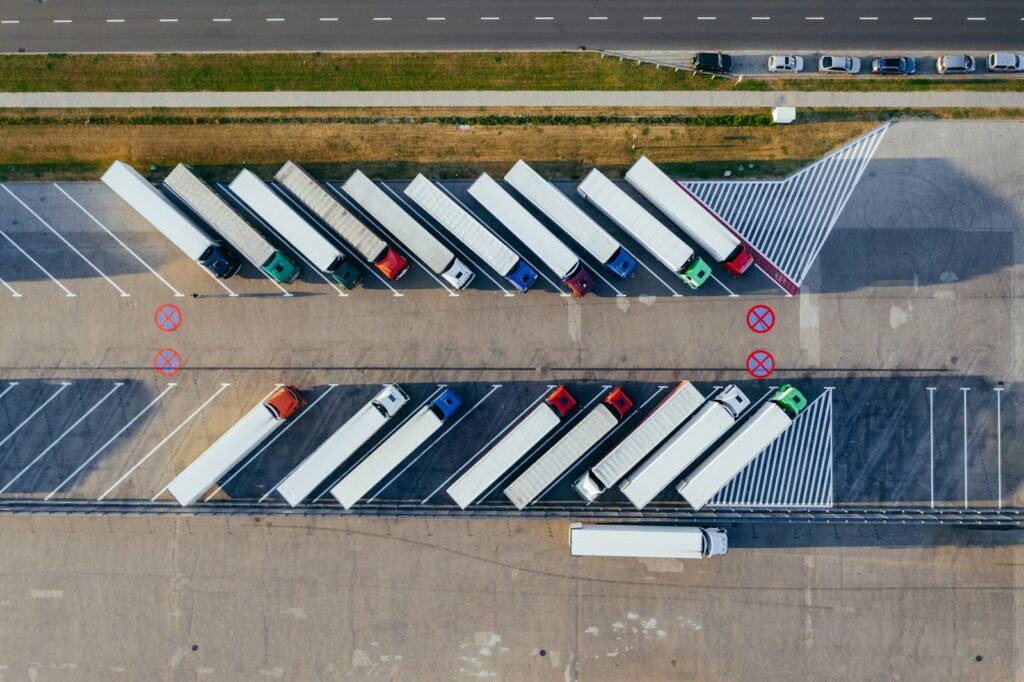
7. **Stimulating Infrastructure Development**The widespread adoption of autonomous trucks will necessitate and, in turn, spur significant investments in new and upgraded infrastructure across the United States. This isn’t just about existing roads; it’s about creating a sophisticated ecosystem tailored to the needs of these highly advanced vehicles. Infrastructure providers are already envisioning a future where advanced transfer hubs become central to the logistics network, serving as critical interchange points for autonomous operations.
These hubs will be more than just parking lots; they will be complex facilities equipped for maintenance, precise sensor calibration, fueling, and charging for the increasing number of zero-emission autonomous trucks. Such specialized infrastructure is essential to support the “constrained autonomy” use case, where manual drivers handle first- and last-mile segments, while autonomous trucks manage the long-haul, geofenced highway routes between these hubs. The seamless transition at these points is vital for operational efficiency.
Beyond specialized hubs, there’s a compelling opportunity for public-private partnerships to collaborate on “smart highways” and urban infrastructure enhancements. This collaboration could involve integrating technology that provides autonomous trucks with additional real-time information on critical road elements, such as intersections and dynamic traffic conditions. Fleet owners, too, will play a role, potentially redesigning their distribution networks by moving centers closer to highways to optimize for autonomous driving routes.
This wave of infrastructure development will generate significant economic activity, creating jobs in construction, technology installation, and ongoing maintenance. It represents a substantial investment in the nation’s logistical backbone, positioning the US at the forefront of a modern, highly efficient freight transportation system. The ripple effect of these investments will extend throughout regional economies, fostering innovation and creating new specialized service sectors.
Read more about: Halle’s Timeless Wonders: Revealing the Enduring Charms of a Historic German City

8. **Driving Innovation Among Automotive OEMs and Component Suppliers**The arrival of autonomous trucking is igniting an unprecedented era of innovation within the automotive industry, compelling Original Equipment Manufacturers (OEMs) and component suppliers to rapidly evolve. OEMs are now faced with the imperative to design trucks specifically to enable autonomous driving, moving beyond traditional designs to incorporate new safety and operational requirements. This includes integrating redundant braking, steering, and power supplies, which are critical for ensuring safety in driverless operations.
Looking ahead, the drive for sustainability is also pushing OEMs to innovate simultaneously on zero-emission autonomous trucks. This involves preparing for a shift in powertrain technology, transitioning from internal-combustion engines (ICE) to hydrogen-based solutions (either fuel cell or hydrogen ICE) or battery-electric trucks. These future trucks will require advanced charging solutions like megawatt charging or battery-swapping technology, designed to support the higher utilization rates that autonomous operation demands.
Component suppliers are equally vital to this innovation push. They are responsible for developing and manufacturing the essential hardware—such as advanced LiDAR sensors, high-performance computers, and precision redundant braking and steering systems—that are the eyes, brains, and reflexes of autonomous trucks. Furthermore, opportunities abound in specialized software products, including truck motion controls and independent backup paths for minimal risk maneuvers, all while adhering to stringent functional safety standards to mitigate system failures. This collaborative innovation ensures the technology continues to advance, fostering a vibrant ecosystem of specialized expertise.
Read more about: The Future Is Code: 14 Transformative Automotive Apps Set to Dominate the Next Decade

9. **Accelerating US Market Adoption**The United States is poised to become a global leader in the adoption of autonomous heavy-duty trucks, with projections indicating it will have the fastest rate of uptake by 2035. McKinsey projects that the US autonomous heavy-duty trucking market will account for approximately $178 billion by 2035, with autonomous trucks comprising 13 percent of all trucks on the road. This rapid embrace is driven by a unique confluence of economic and geographical factors that create strong financial incentives for automation.
A primary driver is the high salary structure and persistent scarcity of truck drivers in the US, as highlighted earlier. These factors make the economic case for automation particularly compelling for fleet operators seeking to reduce overheads and ensure consistent capacity. Coupled with this, the vast geographical expanse of the United States, characterized by long distances between major cities and a comparatively weaker train network for freight, inherently favors long-haul autonomous trucking solutions. These lengthy, predictable highway routes are ideal for early-stage constrained autonomy deployments.
Government initiatives are also playing a crucial role in accelerating this adoption. The US administration has announced proposals aimed at speeding up the development and deployment of autonomous vehicles. These proposals include exempting certain self-driving vehicles from some traditional safety requirements, such as rearview mirrors, and modifying rules related to accident reporting. Such regulatory adjustments are designed to remove barriers and facilitate a smoother, faster rollout of this transformative technology.
Indeed, the US, alongside Europe, is anticipated to lead the way in integrating autonomous trucks into their logistics networks. This leadership stems from both the strong economic rationale and a proactive regulatory environment that supports technological advancement. As a result, the US economy stands to gain immensely from the efficiencies, cost savings, and enhanced supply chain resilience that widespread autonomous truck adoption will bring, further solidifying its position as a global logistics innovator.
Read more about: The ’90s Vibe Check: 14 Defining Moments That Shaped the Era of Your Unforgettable College Dorm Posters
10. **Dramatically Reducing Per-Mile Driving Costs**One of the most profound economic shifts brought by autonomous trucks is the dramatic reduction in per-mile driving costs. This ongoing decline is a critical factor in driving widespread adoption and will significantly reshape the financial landscape for fleet operators and, ultimately, for consumers. As autonomous vehicle technology matures and scales, the inherent costs associated with operating these advanced trucks are steadily decreasing, making them an increasingly attractive alternative to traditional human-driven logistics.
Key to these savings are falling hardware costs. Each successive generation of autonomous vehicles is designed with more purpose-built hardware, leading to greater efficiencies and reduced component pricing. For example, one company significantly decreased the number of installed cameras between its fifth- and sixth-generation models, directly contributing to a lower average cost per AV in the US. These improvements are helping to drive down the overall cost of acquiring and maintaining autonomous trucks.
Depreciation costs per mile are projected to see a substantial reduction, estimated to drop from approximately 35 cents in 2025 to just 15 cents in 2040 for a representative autonomous vehicle. Similarly, insurance costs, a significant operational expense, are expected to decline from 50 cents a mile to about 23 cents over the same timeframe. These reductions reflect the anticipated improvements in safety and reliability that come with autonomous systems, leading to fewer accidents and associated claims.
Further substantial savings will be realized as autonomous vehicle companies become more efficient in their remote operations. These remote operators provide virtual assistance and act as a safety net for complex or ambiguous situations, but as the software improves, fewer operators will be needed per vehicle. Researchers predict that one remote operator could manage as many as 35 autonomous trucks by 2040, a significant jump from just three at present, representing a massive scalability in human oversight costs. This continuous cost optimization ensures that autonomous trucking remains a compelling economic proposition, driving down the overall expense of moving goods across the nation.
Read more about: The Automotive Exodus: Unpacking the 14 Critical Reasons Why Diesel Engines Are Fading from Our Markets

11. **Fueling Industry Consolidation**The economic forces unleashed by autonomous trucking are set to precipitate a period of significant industry consolidation within the logistics and transportation sectors. As the demand for autonomous fleets accelerates and the imperative to distribute fixed costs for monitoring and servicing trucks over a larger installed base grows, scale will become an increasingly critical factor for success. This dynamic will inevitably favor larger players and potentially lead to the acquisition or merger of smaller entities.
Smaller fleets may find it challenging to finance the substantial capital expenditure required for investing in autonomous trucks and the associated infrastructure, such as dedicated transfer hubs or advanced maintenance facilities. The high initial cost of autonomous trucks, which are $50,000 to $100,000 more expensive than conventional trucks, along with the investment in AV services and redundant systems, could prove prohibitive for companies lacking significant financial reserves or access to capital. This financial hurdle could create a competitive disadvantage, forcing some to consolidate or exit the market.
Simultaneously, while consolidation occurs among existing players, the autonomous trucking revolution will also foster the emergence of entirely new participants. This includes companies specializing in developing and maintaining the specialized hub infrastructure, operating these complex transfer hubs, or running dedicated service centers for autonomous truck maintenance. This dual process of consolidation and emergence will reshape the competitive landscape, creating a more concentrated but also more specialized and technologically advanced industry structure.
The long-term distribution of the significant cost benefits derived from autonomous trucking remains a subject of ongoing analysis. If only a few dominant technology providers emerge to offer the advanced AV software and trucks, these key players (AV tech companies and OEMs) could capture the majority of the cost savings. Conversely, a highly competitive market environment could see most of these benefits passed through to fleet operators and, ultimately, to shippers and consumers, demonstrating how market dynamics will critically influence the economic outcomes of this transformation.
Read more about: The ’70s Unplugged: Unveiling the 14 Pivotal Global Events That Reshaped a Decade
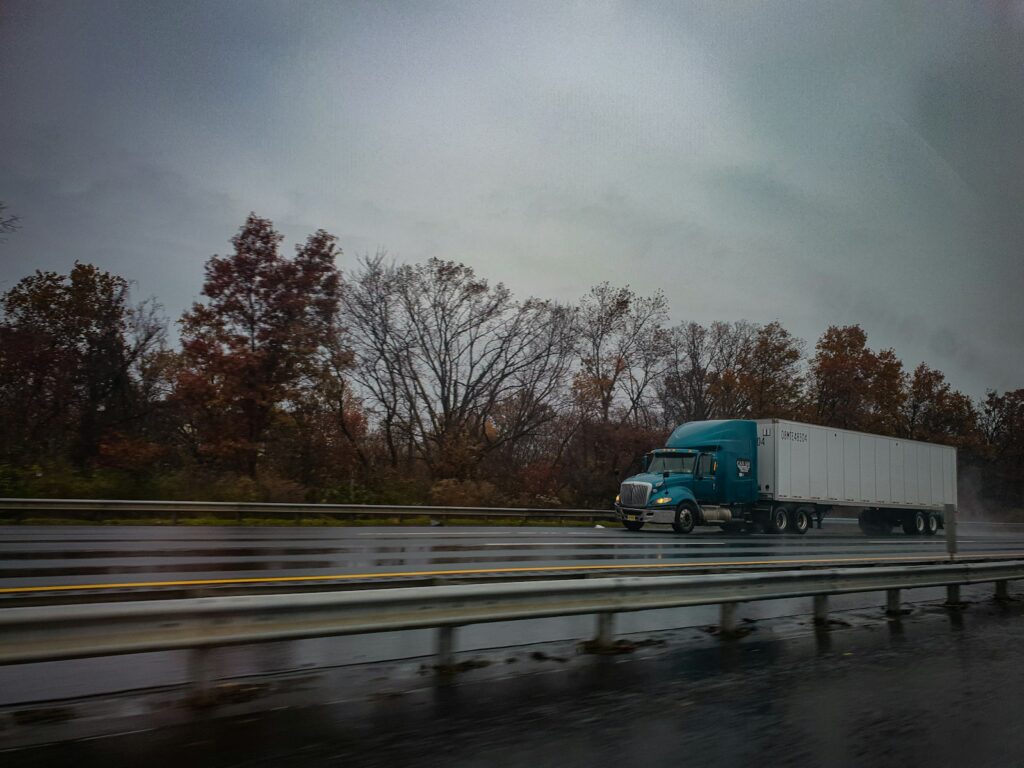
12. **Reshaping the Broader Mobility Ecosystem**The integration of autonomous trucks into the US economy will not occur in isolation; it will trigger a profound ripple effect throughout the entire mobility ecosystem, necessitating strategic responses from every industry participant. This transformation goes beyond individual fleet operations, creating a more interconnected and technologically driven network that redefines how goods are moved and how value is created across the supply chain.
As the costs associated with autonomous trucking continue to fall, the demand for these efficient fleets will accelerate, leading to increased overall fleet volumes. This surge in capacity and efficiency will impact not only the trucking sector but also adjacent industries, from warehousing and manufacturing to retail and e-commerce. The ability to move goods faster, more reliably, and at a lower cost will fundamentally alter inventory management, production schedules, and consumer delivery expectations.
The distribution of economic benefits across this evolving ecosystem will be dynamic and depend heavily on competitive environments. While it’s still early to predict precisely which entities—be it fleet operators, OEMs, AV technology developers, or shippers—will capture the largest share of the reduced costs, the overall trend points towards a more optimized and affordable commercial transport system. This makes commercial transport more efficient, affordable, and sustainable for all stakeholders, from consumers to fleet operators.
Ultimately, the journey to full autonomy is not a short-term race but a long-term, systemic transformation. It demands sustained commitment and cross-sectoral cooperation among a diverse array of partners, including regulators, infrastructure providers, component suppliers, and logistics companies. This collaborative effort will be crucial in overcoming technological obstacles, adapting regulatory frameworks, and building the essential ecosystem to support scaling. The future of US freight is poised for an exciting evolution, making the entire mobility network more robust, responsive, and ready for the demands of tomorrow’s economy.
Read more about: Encountering the Unconventional: An In-Depth Look at Tesla’s Cybertruck and the Engineering Philosophy Behind It
The implications are clear: autonomous trucks represent far more than just a technological upgrade. They are an economic engine, set to drive efficiency, foster innovation, reduce costs, and, ultimately, strengthen the United States’ position as a global leader in logistics and advanced technology. The road ahead for driverless freight is not just about moving goods; it’s about moving the economy forward into an era of unprecedented efficiency and opportunity.




